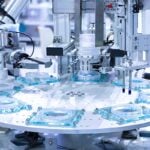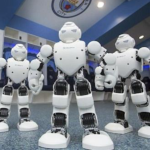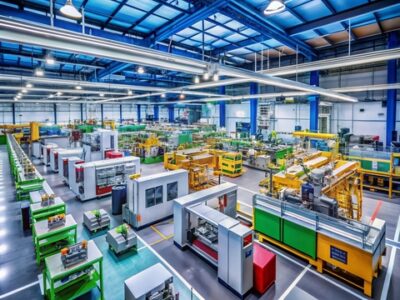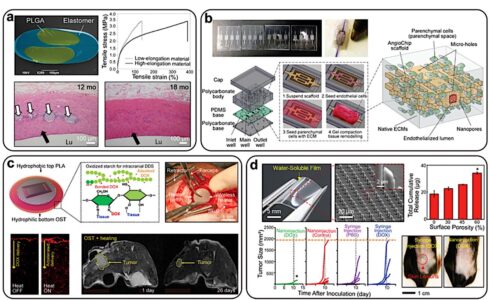Medical engineering has been a pivotal force in transforming healthcare, introducing innovative solutions to improve patient outcomes and streamline medical processes. In the next five years, the field of bio engineering is expected to witness several breakthroughs have the potential to change the landscape of medical technology. This document covers the top three anticipated advancements in bio engineering design, supported by credible sources.

Disclaimer. No medical advice or conclusions are offered in this feature. This is a discussion and information feature only.
1. Personalized Medicine and Genomic Engineering
One of the most promising breakthroughs in bio engineering is the advancement of personalized medicine through genomic engineering. By leveraging CRISPR technology, researchers can make precise modifications to DNA, allowing for the customization of treatments based on individual genetic profiles. This approach will enable the development of targeted therapies for genetic disorders, cancers, and other diseases, enhancing efficacy and reducing side effects.
Possible Use-Case Scenarios
One possible use-case would be patients diagnosed with a rare genetic disorder that traditional treatments struggle to address. With personalized medicine driven by genomic engineering, doctors can analyze the patient’s genetic makeup using CRISPR technology to identify mutations responsible for the condition. By precisely editing the defective genes, targeted therapies can be developed, significantly improving the patient’s health with minimal side effects. Another scenario involves cancer treatment; instead of a one-size-fits-all approach, genomic data allows oncologists to tailor chemotherapy drugs to the individual’s tumor profile, enhancing the effectiveness of treatment while reducing harmful side effects.
Source:
- National Institutes of Health (NIH) – “CRISPR: A Game-Changing Genetic Engineering Technique” [URL]
- Nature Biotechnology – “Personalized Medicine: The Next Frontier in Healthcare” [URL]
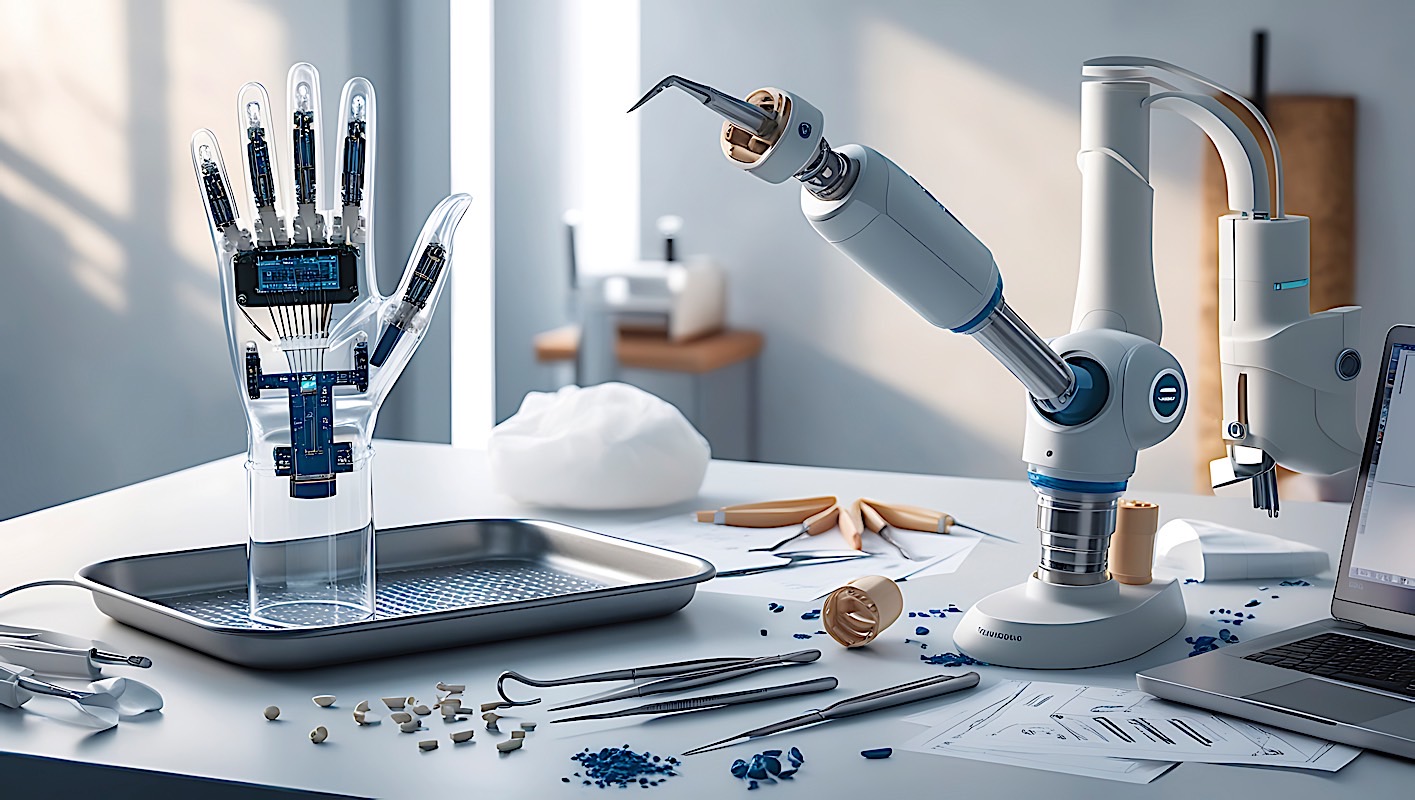
2. Advanced Prosthetics and Neuroprosthetics
The development of advanced prosthetics and neuroprosthetics is poised to revolutionize the quality of life for individuals with limb loss or neurological disorders. These devices will integrate advanced sensors, artificial intelligence, and bio-compatible materials to mimic natural limb function and facilitate seamless interaction with the nervous system. Neuroprosthetics, in particular, will use brain-machine interfaces to restore motor functions and sensory feedback, offering unprecedented levels of mobility and independence.
Possible Use-Case Scenarios
Advanced prosthetics designed with cutting-edge sensors and AI can provide a prosthetic limb that not only looks but also functions like a natural one. The limb could respond to nerve signals and even provide sensory feedback, allowing the user to feel textures and temperatures. In the realm of neuroprosthetics, a patient with spinal cord injury could regain motor functions through a brain-machine interface. This technology translates neural signals into movements, enabling the patient to perform daily activities independently and regain a sense of normalcy.
Source:
- Journal of Neural Engineering – “Breakthroughs in Neuroprosthetics” [URL]
- MIT Technology Review – “The Future of Prosthetics: Intelligent and Responsive” [URL]
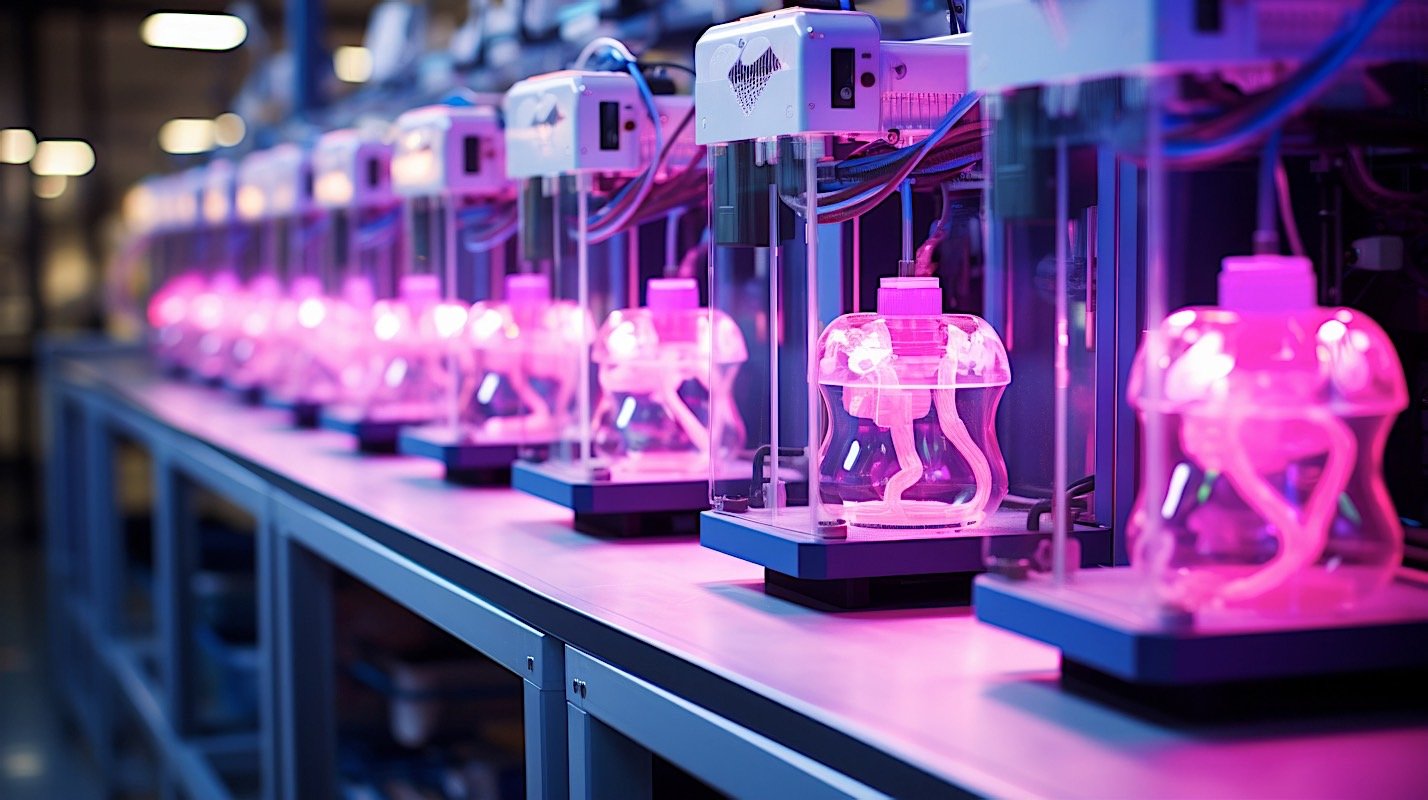
3. Tissue Engineering and Regenerative Medicine
Tissue engineering and regenerative medicine are set to transform the treatment of damaged tissues and organs. By using stem cells and bio-engineered scaffolds, scientists can create functional tissues that can repair or replace damaged organs. This approach has the potential to address the shortage of organ donors and offer new treatment options for chronic diseases such as heart failure, liver cirrhosis, and diabetes.
Possible Use-Case Scenarios
One Use-Case would be for heart failure scenarios. Traditional treatments may offer limited relief, but tissue engineering opens new frontiers. Scientists can create cardiac tissue patches using the patient’s stem cells, which can be grafted onto the damaged heart, promoting regeneration and improving cardiac function. Similarly, for a patient with liver cirrhosis, bio-engineered liver tissues can replace damaged sections, reducing the need for liver transplants and addressing organ donor shortages. These innovations hold promise for diabetes treatment as well, where bio-engineered pancreatic cells can restore insulin production, offering a potential cure.
Source:
- The Lancet – “Regenerative Medicine: Building Organs from Scratch” [URL]
- Cell Stem Cell – “Tissue Engineering: Current Trends and Future Perspectives” [URL]
Conclusion
The next five years promise remarkable advancements in bio engineering design, with personalized medicine, advanced prosthetics, and tissue engineering at the forefront. These breakthroughs will significantly impact patient care, offering innovative solutions to some of the most challenging medical conditions. By staying abreast of these developments, healthcare professionals can better prepare to integrate these technologies into clinical practice, ultimately improving patient outcomes and quality of life.

